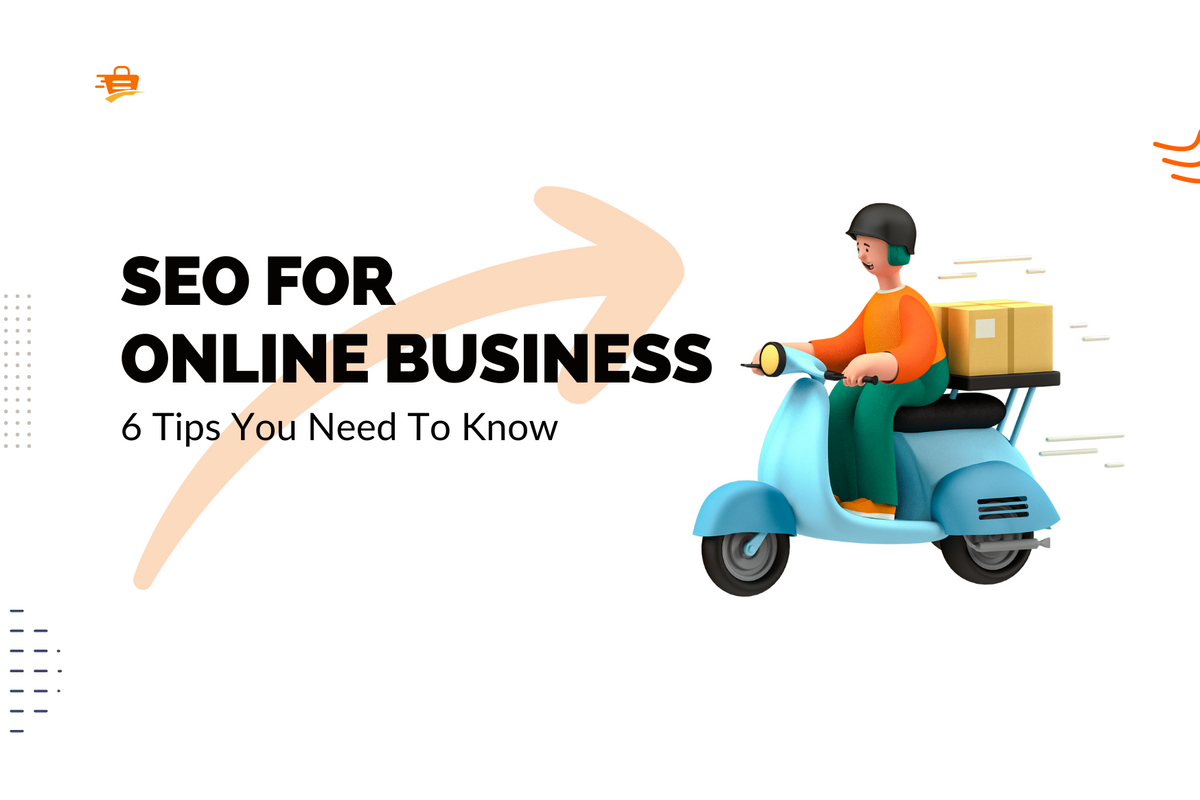The Apple iOS 15 update marks another step from the company towards providing its users with greater control over how their data is shared. The changes posed by the new update will affect compatible iPhones, iPads, and macOS Monterey devices.
With 1.5 billion active Apple devices in 2020, and the update making significant changes to the Mail app, online businesses which make use of email marketing and M-commerce trends should take heed of these alterations.
Privacy Matters
This update and the previous iOS 14.5 have focused heavily on protecting Apple users’ data. The latter took a hard stance on apps, heightening the transparency of their tracking, the former will now shift attention over to email data.
With high-profile privacy data breaches coming to light in recent years - like Facebook’s distribution of customer data during US and UK elections - consumer trust levels became pretty low.

A study by McKinsey reveals that consumer trust in the protection of their personal data is extremely low in all sectors, excluding healthcare and financial services. (Source: McKinsey)
We can therefore view the latest OS update from Apple as a direct response to these low trust levels.
Apple’s CEO, Tim Cook, made this very clear, speaking at WWDC this June he stated “At Apple, we believe privacy is a fundamental human right...These big privacy features are the latest in a long string of innovations our teams have developed to improve transparency and put users in control of their data.”
As these updates are concerned with customer data - a cornerstone in directing marketing efforts - it’s vital for businesses to be aware of what these new changes are and how they’ll impact their marketing activities.
Email Marketing Takes a Hit
Whilst the new update brings many new features and capabilities to Apple devices, the changes that e-merchants need to know about are to do with data collection restrictions via email.
First up is the “Hide My Email” feature on iCloud+. Built directly into Safari, iCloud settings, and the Mail app, this feature allows users to share unique, random email addresses anytime they receive a request to input theirs. Users have full control over the number of false emails they can create, there is no set limit. Should the use of this feature become widespread among Apple users, companies could be inundated with false accounts, which will make email collection a nightmare.

Whilst the Hide My App feature forwards emails sent to the ghost email address to the user’s actual address, email marketers will not have access to their real address. (Source: Apple)
The next significant change of the new iOS update is the blocking of email trackers. If an email is accessed via the Mail app, the app will block your trackers from knowing whether it is opened. As open rate is a crucial metric for email marketers, their job will become much harder. Since accurate open rate data will be more difficult to attain, subject line testing and segmentation based on open rates is now seemingly a thing of the past. Basic email performance analysis is impacted, plus, re-engagement campaigns which base a subscriber’s next email on the previously opened email may also become ineffective.
The final blow to email marketing is the masking of IP addresses. The new email privacy feature can reroute IP addresses to a general location, hiding the user’s unique identifier. This could particularly affect dynamic email campaigns that use location as a basis for sending more personalized messages. Additionally, it may deteriorate basic data collection and will render IP identifiers which track and match email addresses useless.
We’re sure these changes might have caused you to jump out of your seat! But fear not, as there are simple, yet effective adaptations you can make to your marketing strategy that will counteract the restrictions posed by iOS 15.
How to Adapt Your Marketing Strategy for the Apple iOS 15 Update
Focus on optimizing click-through rate (CTR)
As open rate may become a less reliable metric, email marketing performance and improvements should be centered around CTR as this can still be measured accurately, even with the update.
CTR is a stronger performance indicator as it signals higher engagement and more of a buying intent. This means that the success of your campaign is better gauged with this metric. Using this metric you can determine the effectiveness of your subject line, design, copy and call-to-action. Therefore, when using this metric as a guide, you will be in a better position to create well-rounded email marketing campaigns.
To optimize CTR you should:
- Focus on a single call-to-action (CTA): giving your subscribers an abundance of links to click on can lead to what is known as action paralysis. When we are confronted with a lot of choices, our ability to make a decision is inhibited. To narrow down this choice in your email campaigns, analyze your customer database to figure out what type of items they are buying. What type of content was in the emails that received higher CTR? What information do you have that could be used to create a highly personalized CTA? Use this as a basis to create a more targeted and effective CTA. This went a long way for Whirlpool, which was able to increase their CTR by 42% by including only one CTA in their emails.
- Use appealing images: humans are stimulated more by visuals, which is why they say a picture is worth a thousand words. A study of over 5000 emails found that those with images received a 42% increase in CTR. Bear in mind that most of these emails had 5 images or less, so do not go overboard. Instead, use relevant imagery that conveys the message of your email.
- Keep the copy short: most people allocate less than a minute to reading emails, so it is crucial to convey your message quickly through engaging short copy that entices readers to click.
Engaged subscriber as a segment
Rather than building segments which rely heavily on open rates to determine who receives particular emails, create segments which concentrate on engaged members.
To identify engaged subscribers, segments can be built based on:
- Recent activity: which subscribers purchased from a product category related to the content in your email? Which customers made a purchase in the last 30 days? Which customers were active on your site in the last 30 days?
- Clicked email: which of your customers clicked on an email link in the last 30 to 90 days?
- Recency: find the subscribers who signed up in the last three months. As they are new, not only are they keen to receive content from you, they’re also more receptive to your email campaigns as they shouldn’t have received many emails from you at this point.
Use all, or a combination of these segments to build your engaged subscriber list. This list can also be used as a basis for cleaning up your subscriber list.
SMS marketing
Whilst there are steps you can take to improve the efficacy of your email marketing campaigns, there’s no harm in looking at alternative methods to further negate the effects of iOS 15.
SMS marketing could be a great addition to your marketing mix and could even be a more beneficial alternative to email marketing. It takes 90 seconds for someone to answer a text message. Compare that to the 90 minutes it takes for someone to open an email, the potential that SMS marketing has over email marketing campaigns is obvious. Moreover, SMS engagement rates are 6 to 8 times higher than email, which further solidifies SMS’ power.

(Source: Omnisend)
With many eCommerce merchants gaining new customers amid the pandemic, businesses have been looking at creative ways to retain these shoppers. Peace Out Skincare was one of them, and they decided to use SMS marketing for the first time. After just a month, 21% of their eCommerce revenue came as a result of SMS tactics.
So how can you leverage the power of SMS to retain customers and see your sales soar?
- Incentivize SMS opt-in: if you’re a Shopify merchant, the checkout process makes it easy to capture phone numbers. However, for SMS marketing, you need to gain the shopper’s permission for the receipt of marketing content. Incentivize this by offering a discount which can be used immediately on their current purchase. You could also guarantee early access to new products and promotional sales, or inclusion in a rewards program in an effort to entice your customers to subscribe.
- Send personalized, friendly messages: a phone number is a personal piece of information, so don’t deter your subscribers by sending generic text messages to them. Instead, use the data you have on them to send messages that they actually care about and respond to. Use a friendly, conversational tone in your text messages, it shouldn’t feel dissimilar to a text from a friend or colleague.
- Provide SMS customer service: a study by eWeek reports that 52% of respondents would prefer to text a customer service representative over their current method. Texting is a faster and cheaper option than over-the-phone. So you’ll be able to solve your customers’ issues quickly, leading to very satisfied shoppers.
- Remind customers of incomplete purchases: according to Statista, worldwide cart abandonment rates have floated around 70% since 2011. One of the top three reasons customers abandon their cart is because they are conducting research. This means that a friendly nudge in the form of a text could go a long way in improving sales. Grunt Style uses SMS to notify customers of their abandoned cart and their cart recovery rates were boosted by 45% since its implementation.
If SMS marketing has piqued your interest, apps such as Postscript are an excellent tool for managing and creating engaging SMS marketing campaigns.
Web push notifications
Web push messages, despite relatively new, seem to be a favorable method of communication among consumers. Web push notifications are alert-style messages that are sent from a desktop or mobile website that appear in a phone notification style. These messages can be transactional, promotional, educational, or to do with the shopping lifecycle.
Typical messages include welcoming a new user with an offer, abandoned cart notifications, upsell opportunities, and confirmation on different parts of the transaction process.
Conversion rates for this form of marketing have skyrocketed in the past year. Since 2019, the average conversion rate of web push notifications has increased by over 7 times.

(Source: Omnisend)
Shopify merchants can get in on this new and highly promising form of marketing communication by installing apps like PushOwl and Smart Push Marketing.
Final Thoughts
The Apple iOS 15 update might seem daunting at first glance, but all this means is that marketers need to become more creative and innovative with their efforts. When marketing becomes more ingenious and personal as a result, engagement levels will soar and businesses will form lifelong relationships with their customers.
As consumers continue to grow more wary and protective over their private information, businesses will need to develop effective strategies for using customer data, ones that work to alleviate the concerns of their customers.
We hope this article has eased your worries and has put you in the best position to effectively connect with your customers as the landscape changes.



